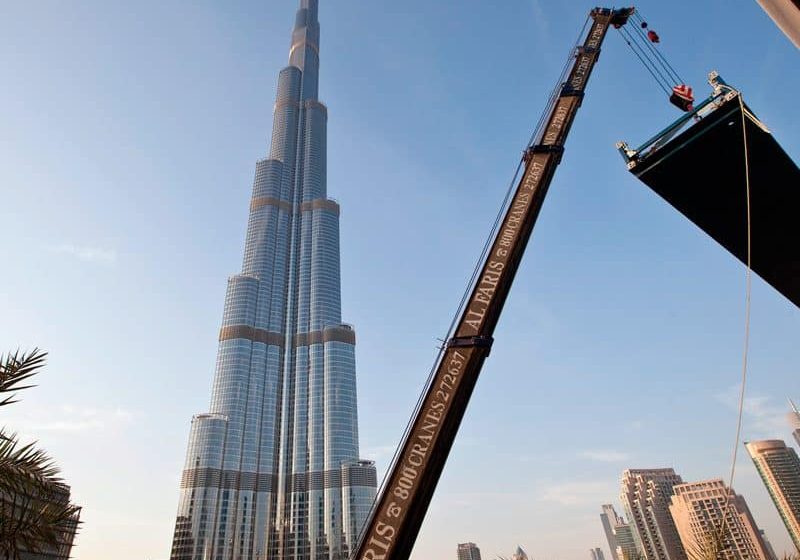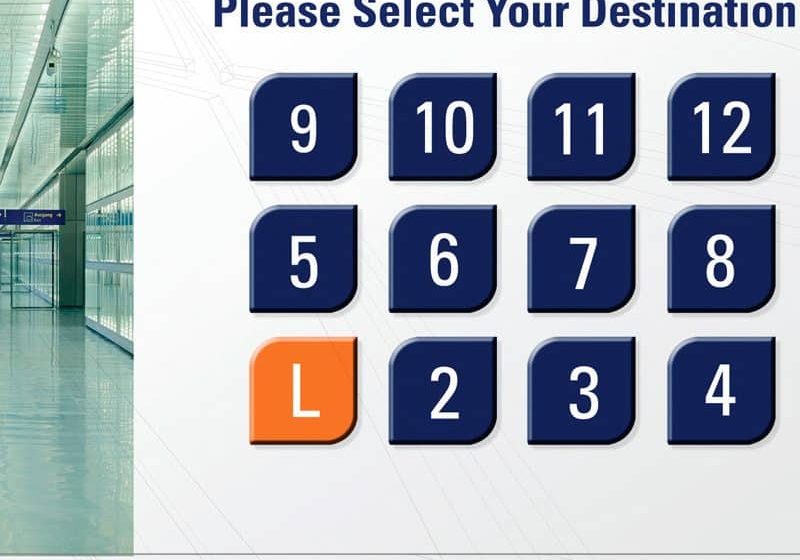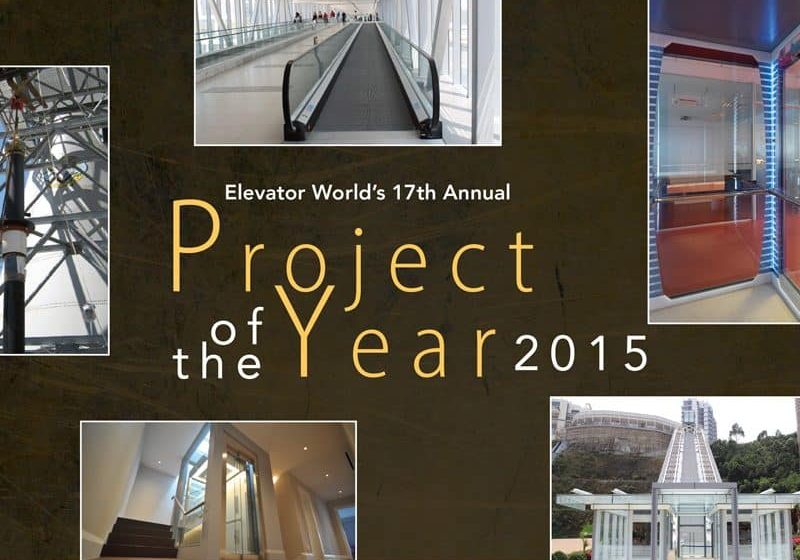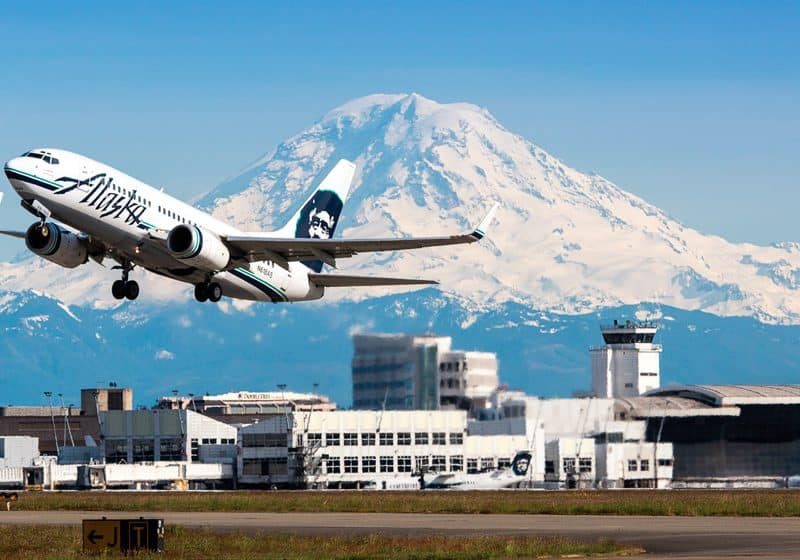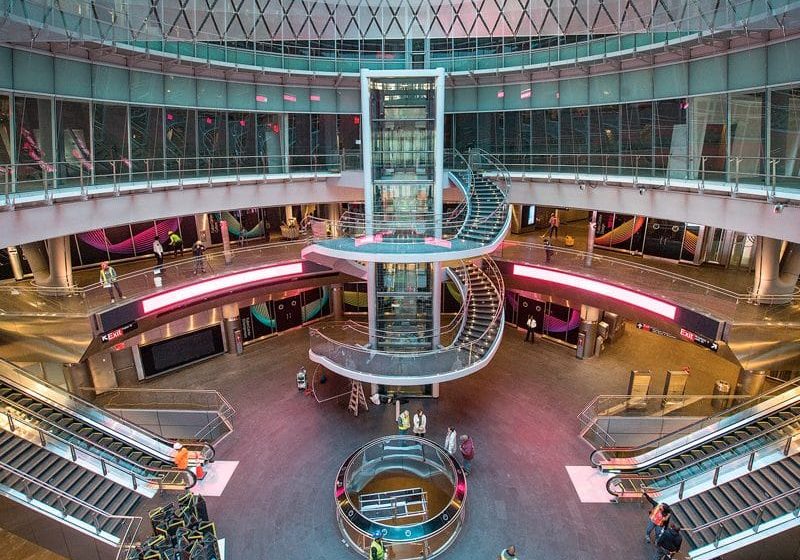Upon further review, you may not.
by Ray Downs
In our industry, there are many competing interests over which we have little or no control. And, we’ve all experienced situations that press us to work more quickly and, at times, less safely.
You know what I’m talking about: building owners insisting their jobs be completed the day after they’ve signed a proposal that’s languished for a month or more; project managers wanting cars turned over on time, even though they’ve made a dozen changes to the specifications during the course of the project; or building superintendents insisting they should be able to move an overweight piece of furniture on top of an elevator car, because they’ve always done it that way.
These are a few examples of real-life situations where your company’s safety program, when followed, can become a valuable resource, ensuring you make good business decisions predicated on safety, rather than poor decisions made solely to satisfy a client.
Let me ask you, “What does your safety program encompass?” Does it include following the Elevator Industry Field Employees’ Safety Handbook? Do you conduct weekly toolbox safety talks? How about quarterly safety training classes on topics mandated by the U.S. Department of Labor (e.g., hazard communications/global harmonized system) or elevator-industry standard work processes, such as fall protection, jumpers, electrical safe work practices, or car-top/pit access/egress, to name a few?
Now, I know all of us think our companies have good safety programs in place, which, while they could be better, are meeting the current needs of our respective firms. But, I’d like you to ask yourselves, “Is your safety program as good as it could be; or, more importantly, as good as it should be?”
If you believe you have a good safety program on paper, then ask yourself, “How effective is it?” Does your management team (ownership included) conduct “test and verification” field assessments on a monthly basis to ensure employees are performing their job tasks safely? If so, are field workers following company and/or industry standard work practices as outlined in the Elevator Industry Field Employees’ Safety Handbook? For the majors out there, while you have developed and deployed your own safety programs and manuals, are your policies and safe work practices being fully executed?
The answers to these questions may be found in both your accident statistics, what your management system is telling you and observations during your field assessments.
“I know what the company wants me to do, but I do it this way.” Have you ever heard this response when questioning a mechanic while conducting a field assessment on a safety process? When you receive this type of an answer, it’s a clear indicator your program is not as good as you believe, and your employees and/or managers have not bought in.
I’d like you to ask yourselves, “Is your safety program as good as it could be; or, more importantly, as good as it should be?”
I know we all try hard, and, at times, it seems impossible to do it all when it comes to safety. But, we work in an inherently dangerous trade in which serious and, sometimes, fatal accidents occur. Don’t be afraid to call someone on the carpet and hold him or her accountable for a slip up. And, of equal importance, don’t fail to recognize those who work safely, even if it’s simply buying someone a cup of coffee or presenting a certificate of achievement for their safe work behavior and accomplishments. Acknowledging safe behavior and individual performance is key to establishing buy-in.
If you take a proactive approach by training, testing and verifying compliance, soliciting suggestions and recommendations to improve the program, you will see a culture shift for the better. This will, in turn, trigger greater participation, increased adoption, and acceptance of roles and accountability, all resulting in fewer accidents. The end result – we ALL win!
We have all come home at night from a long day, tired, dirty and, sometimes, feeling down. But, remember to be grateful that you’ve come home in one piece, because your family depends on you.
Get more of Elevator World. Sign up for our free e-newsletter.



